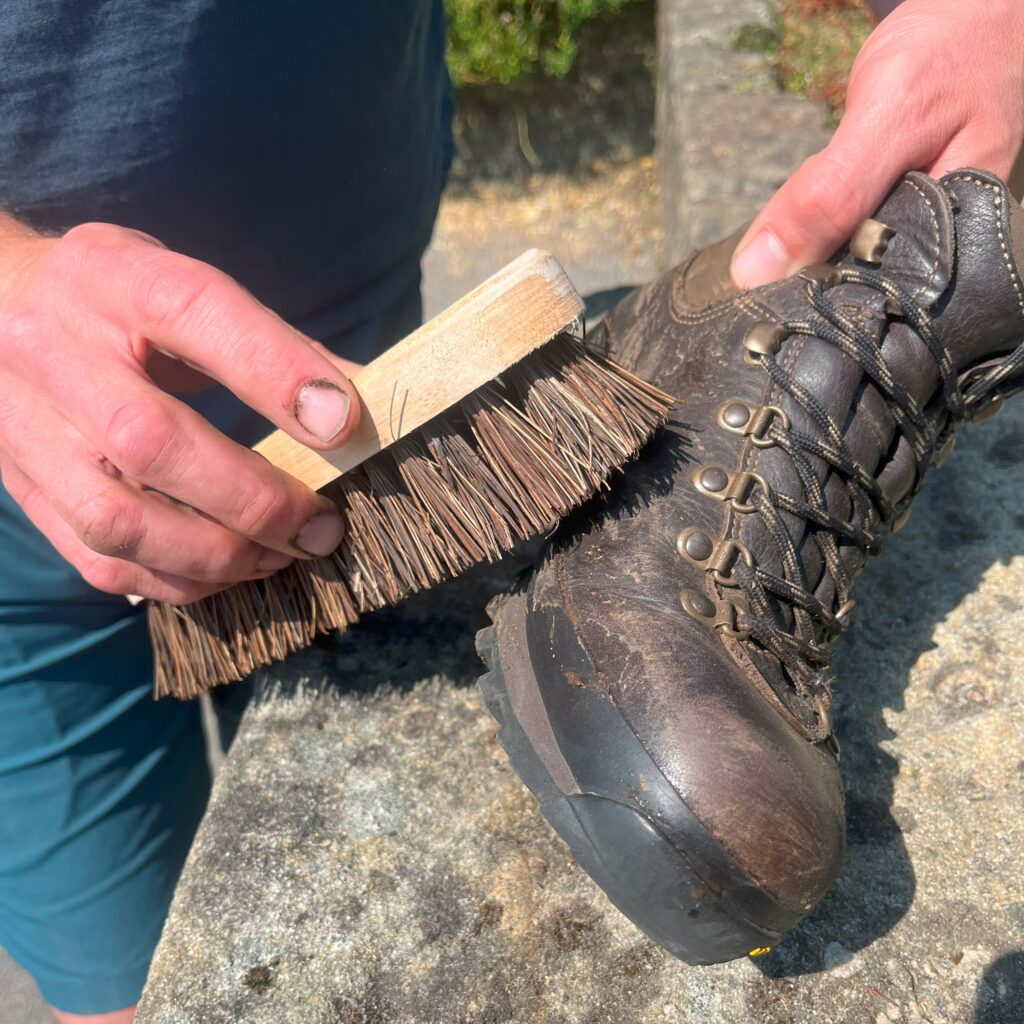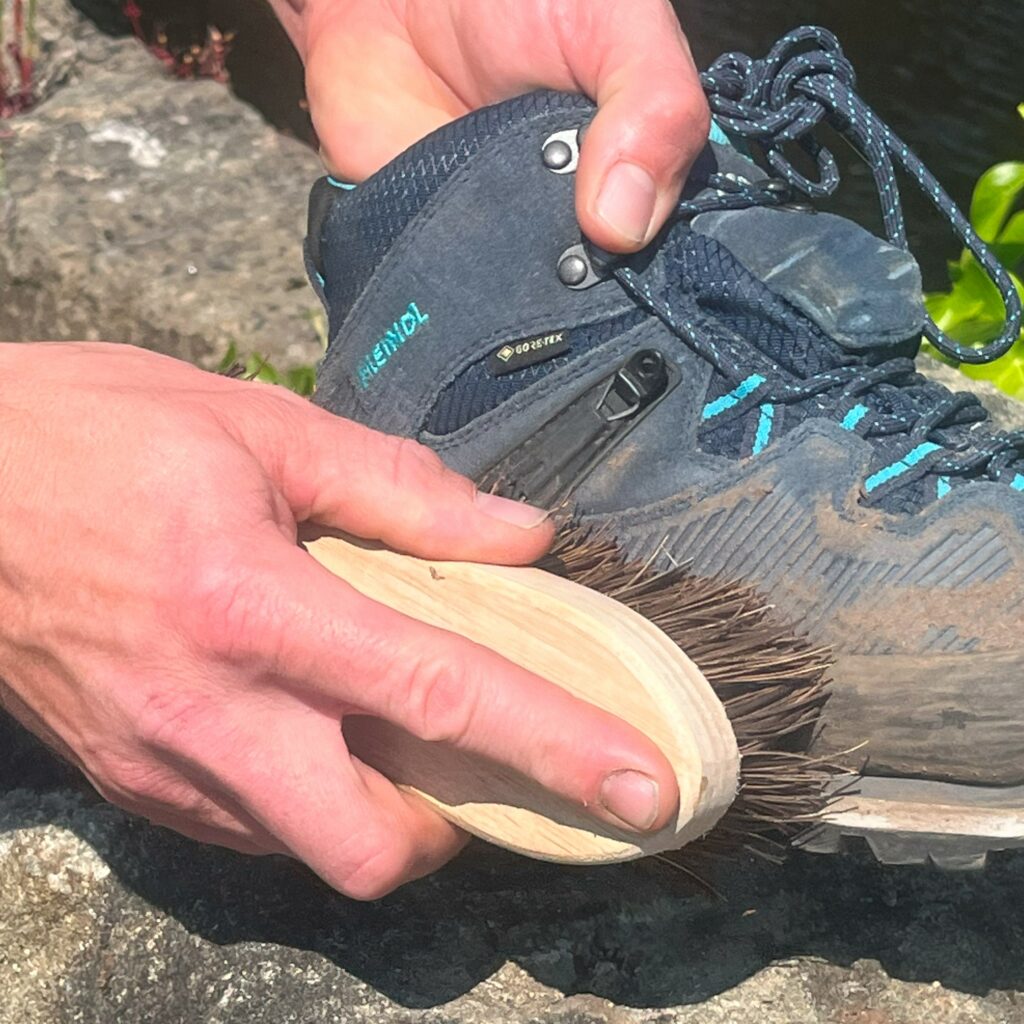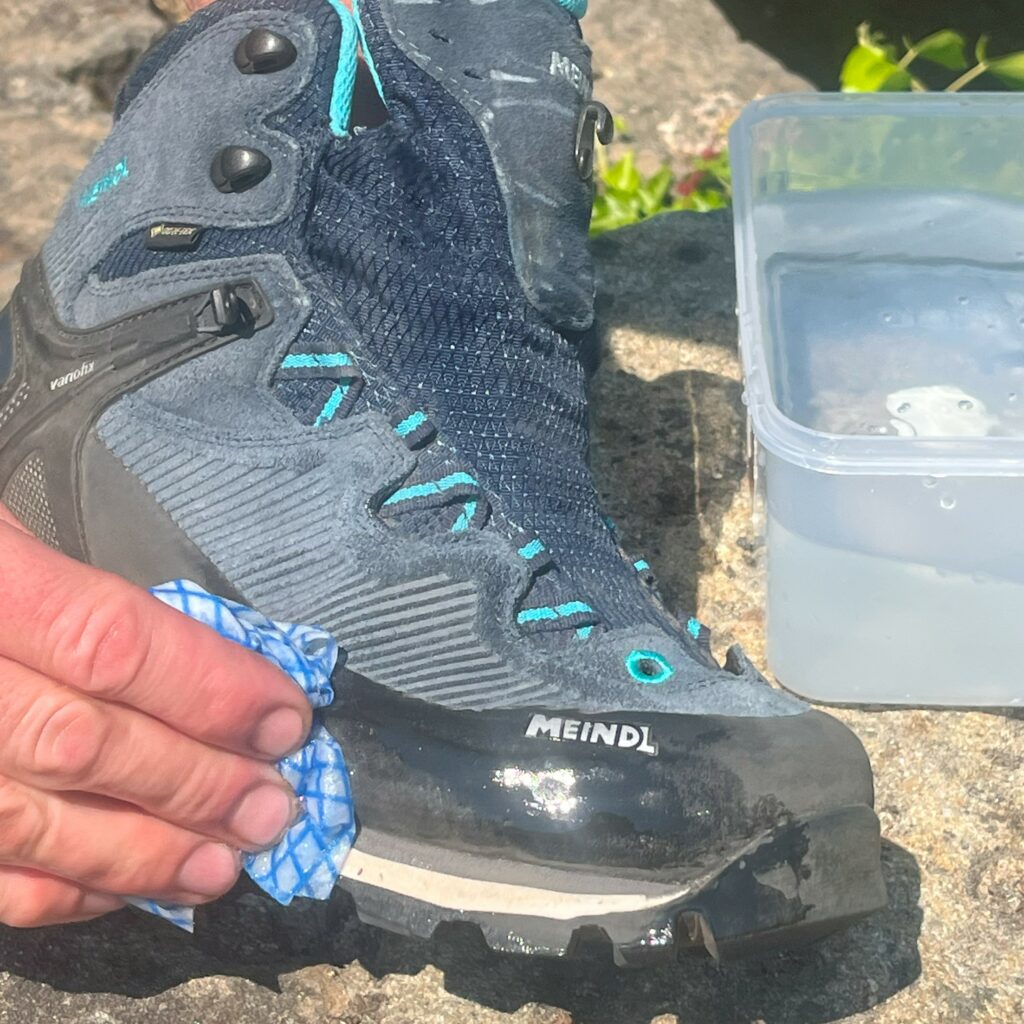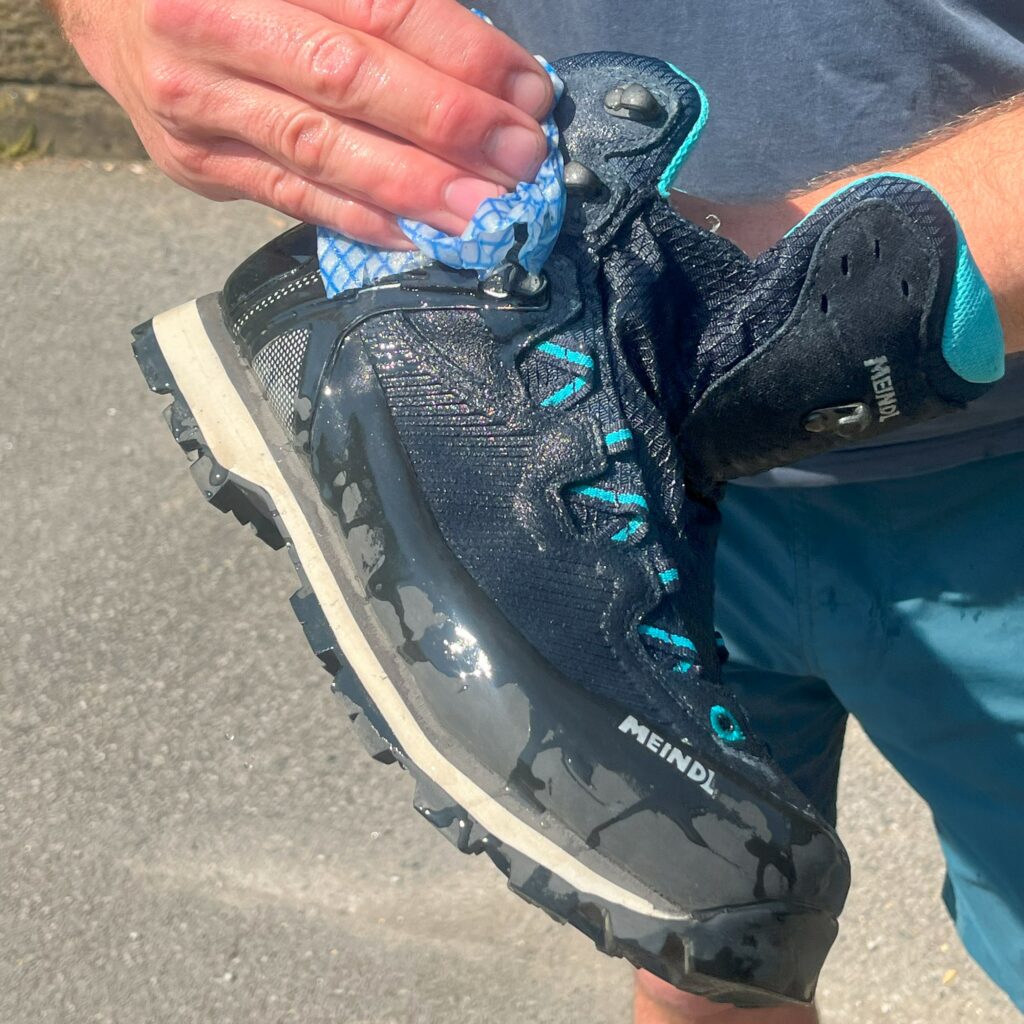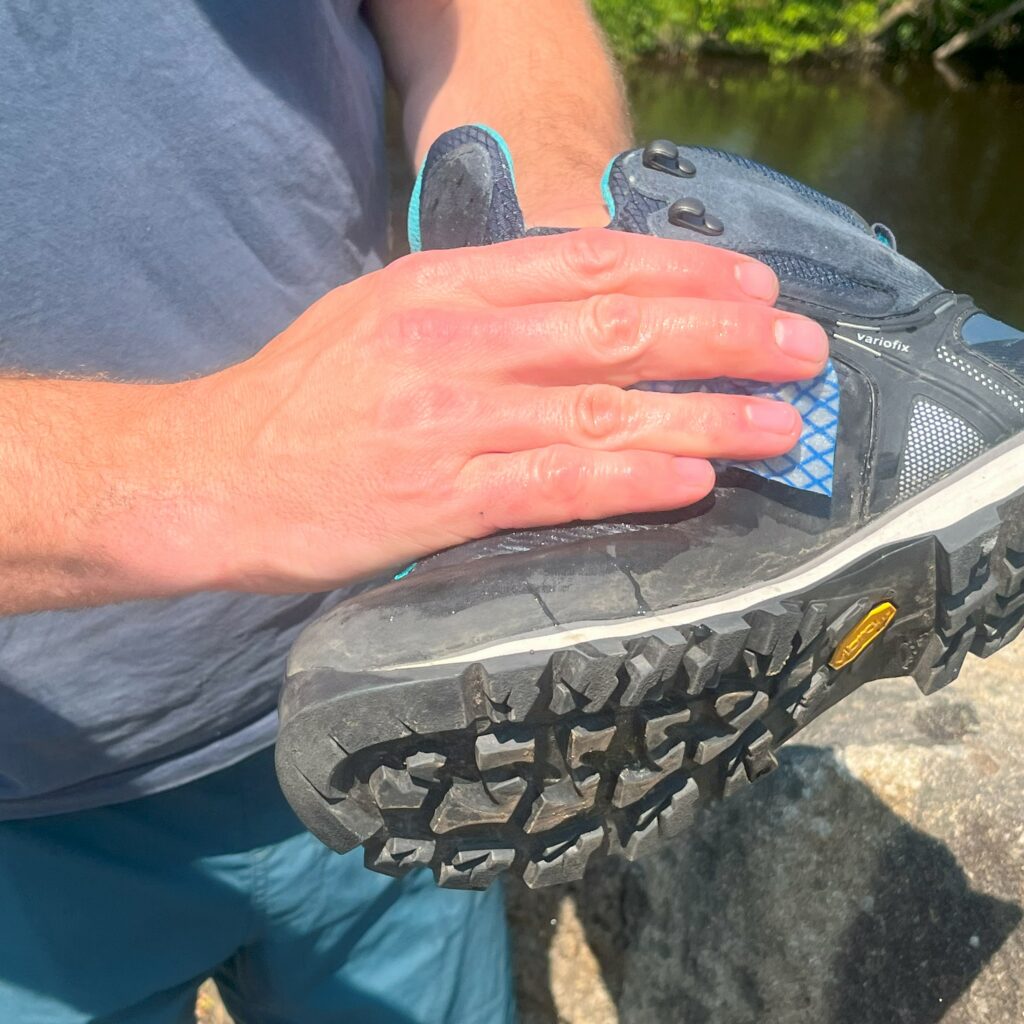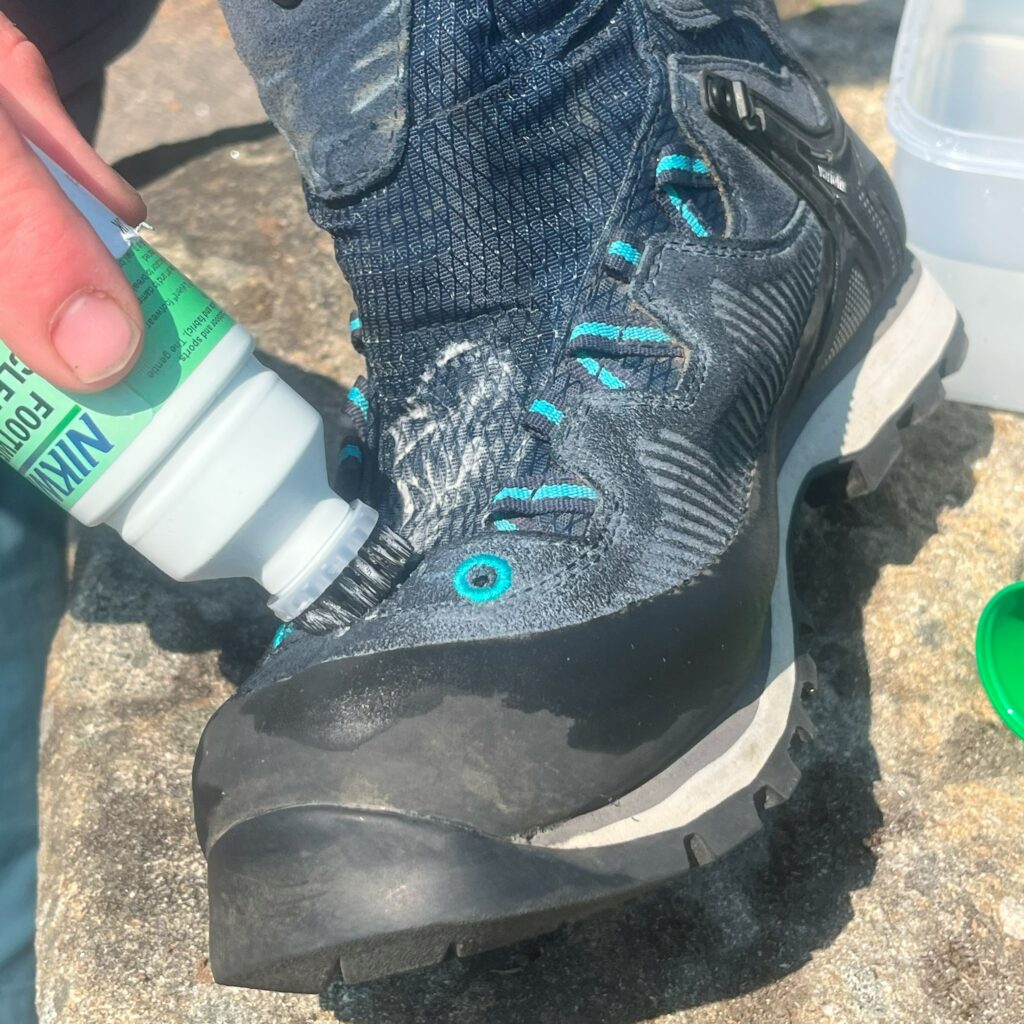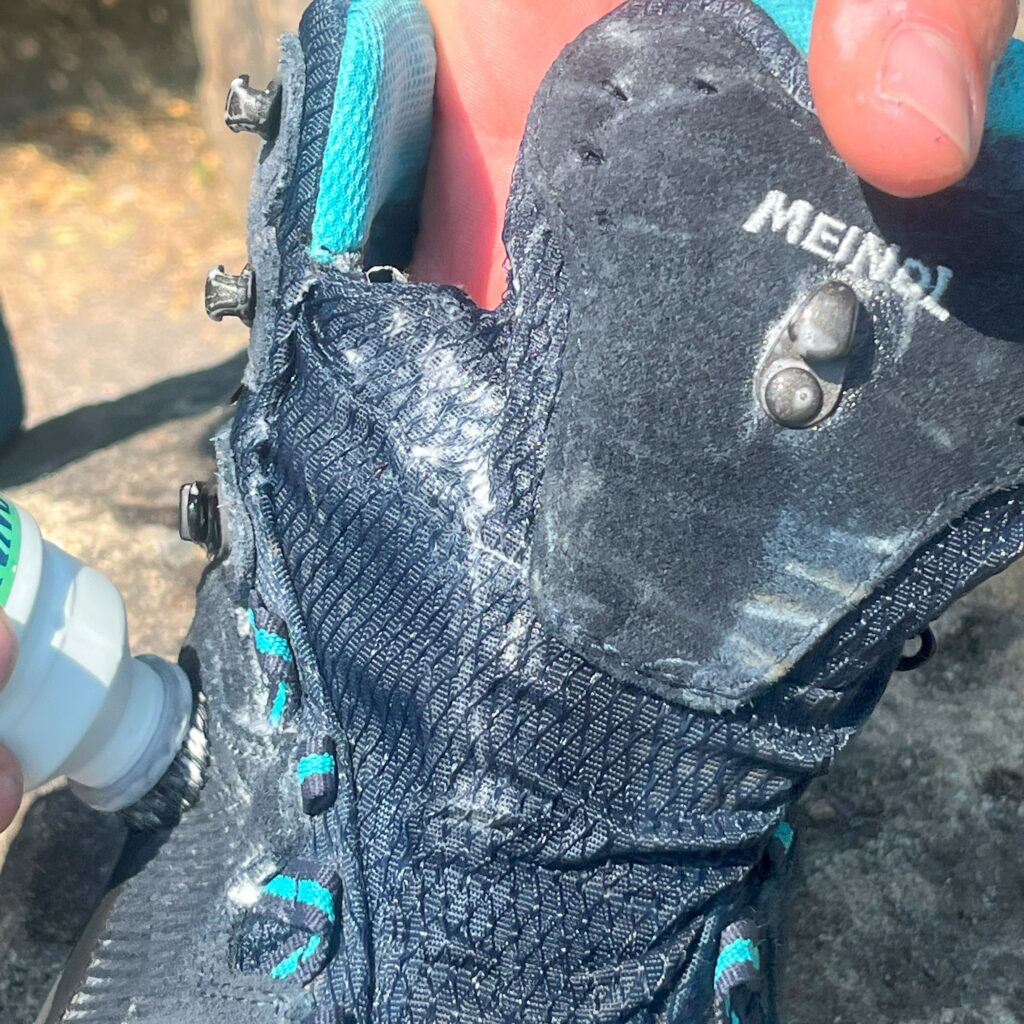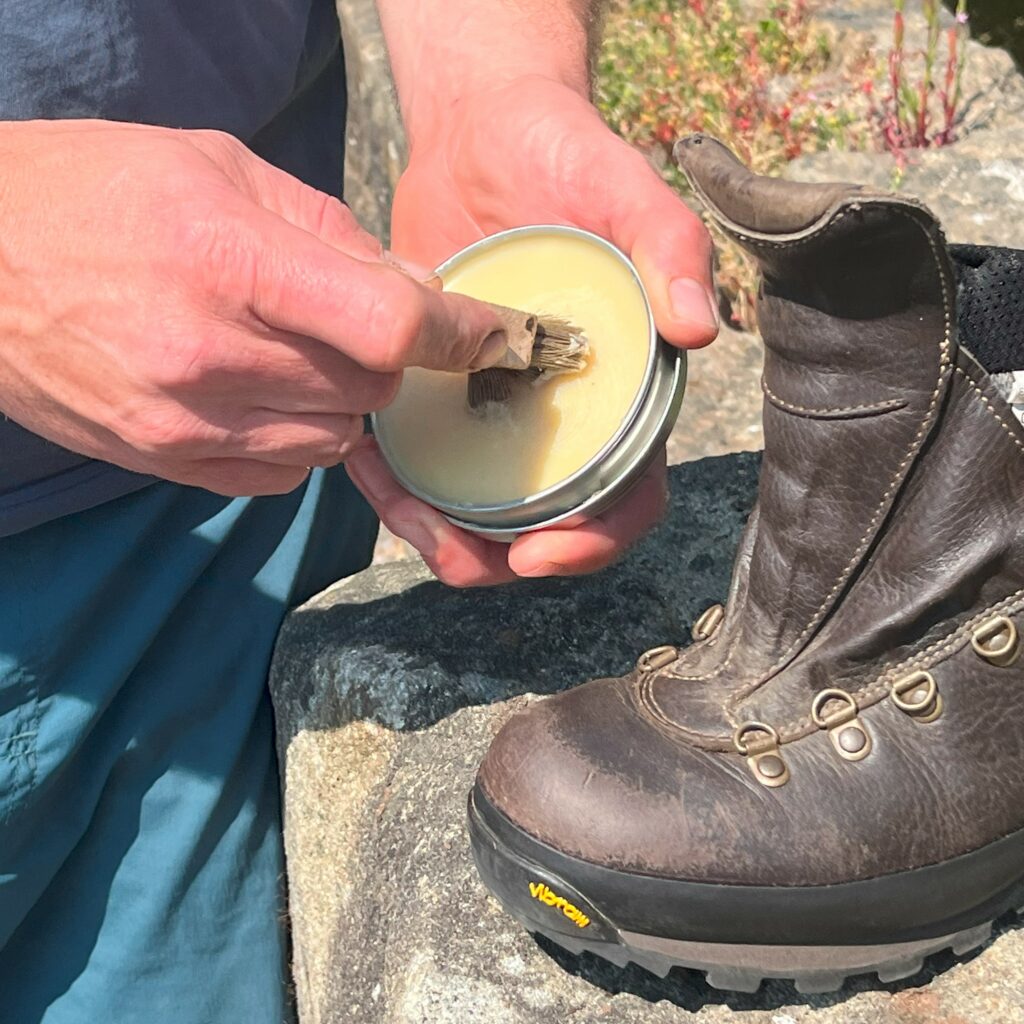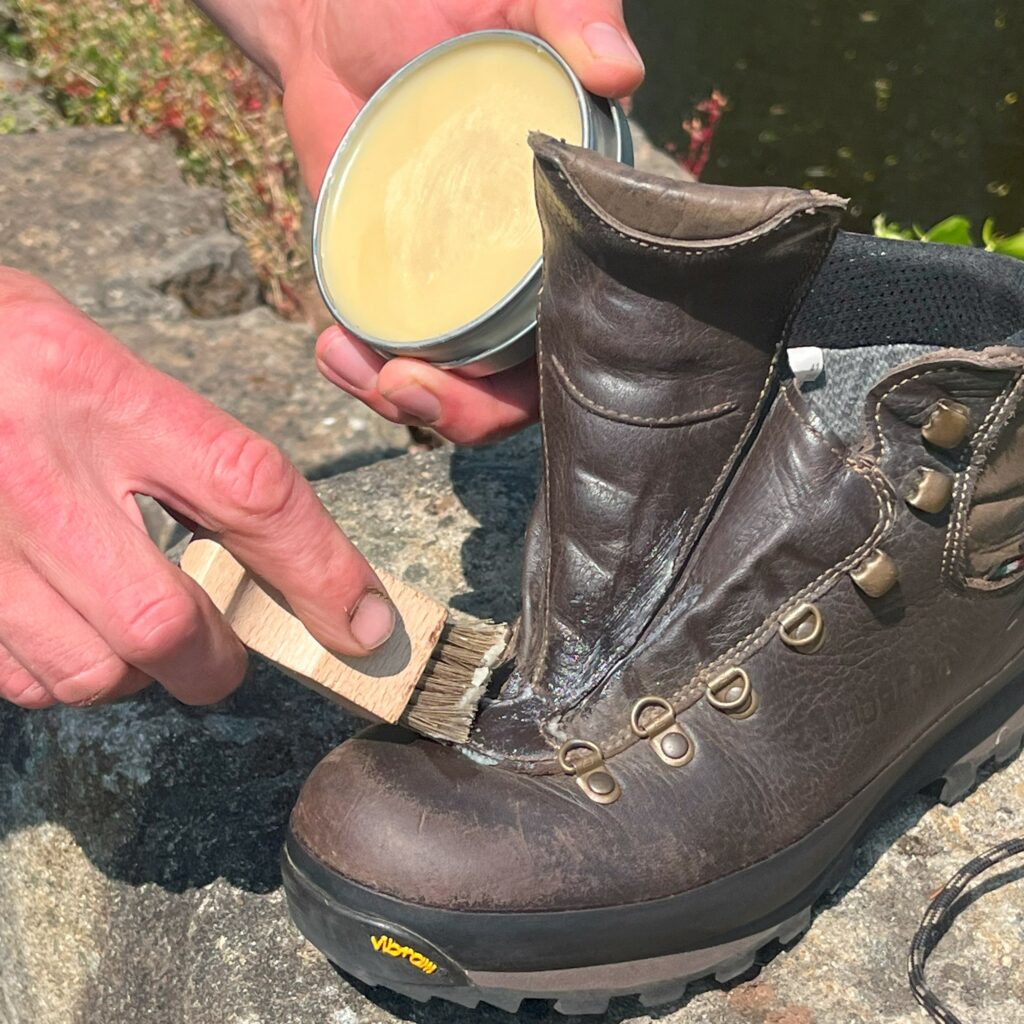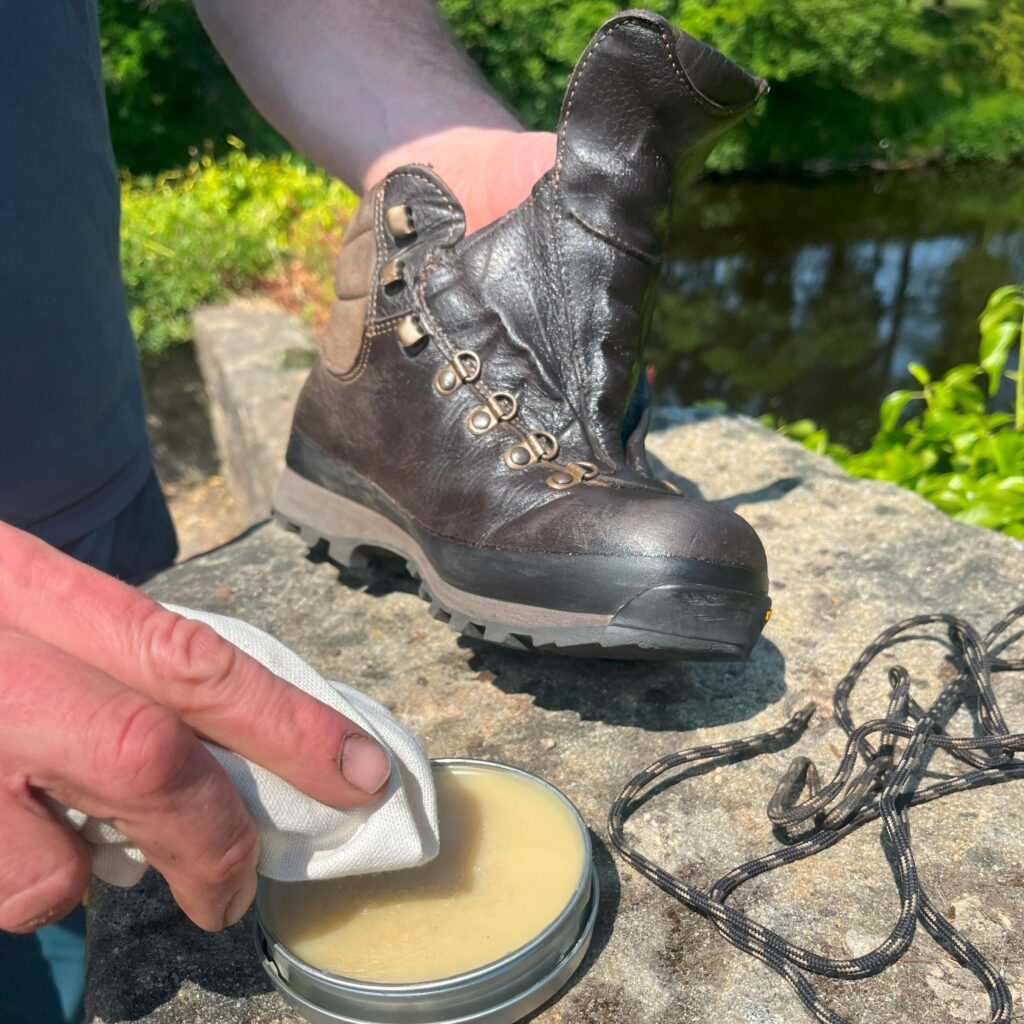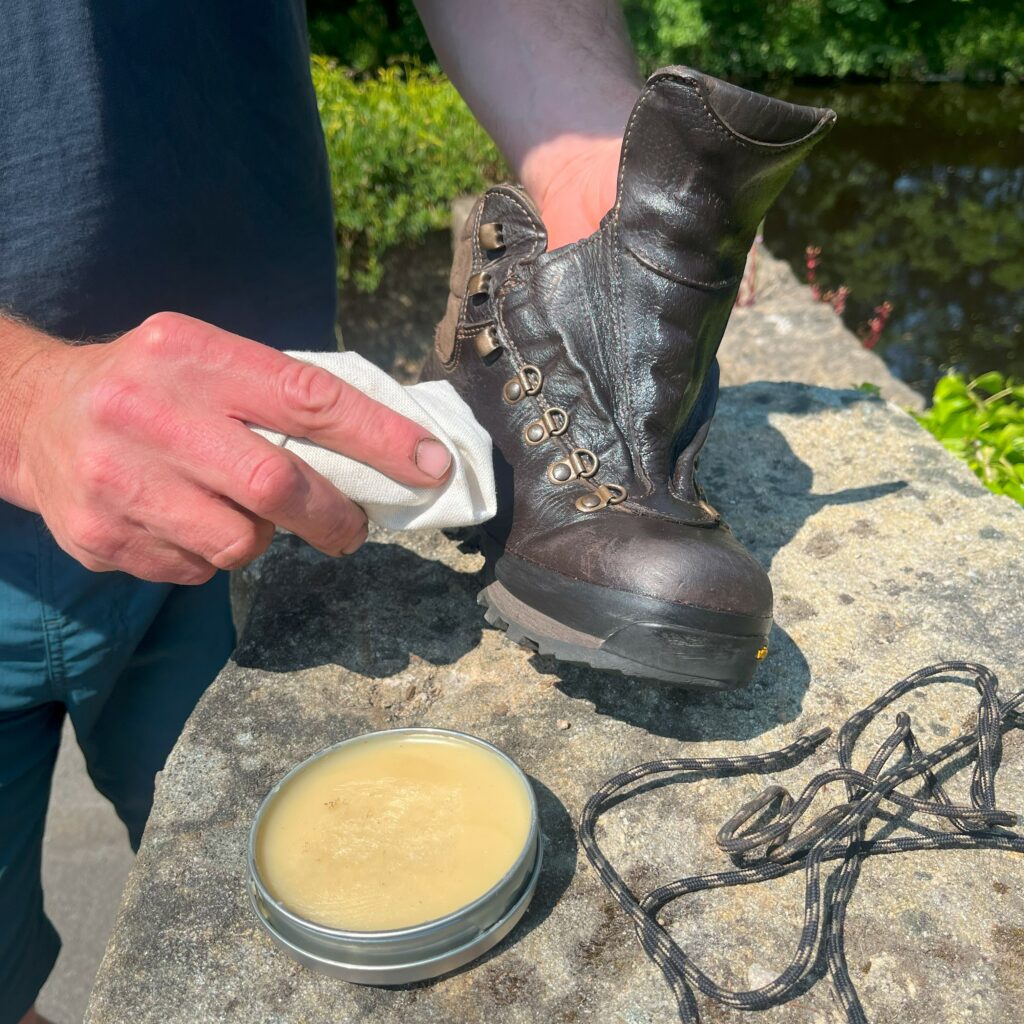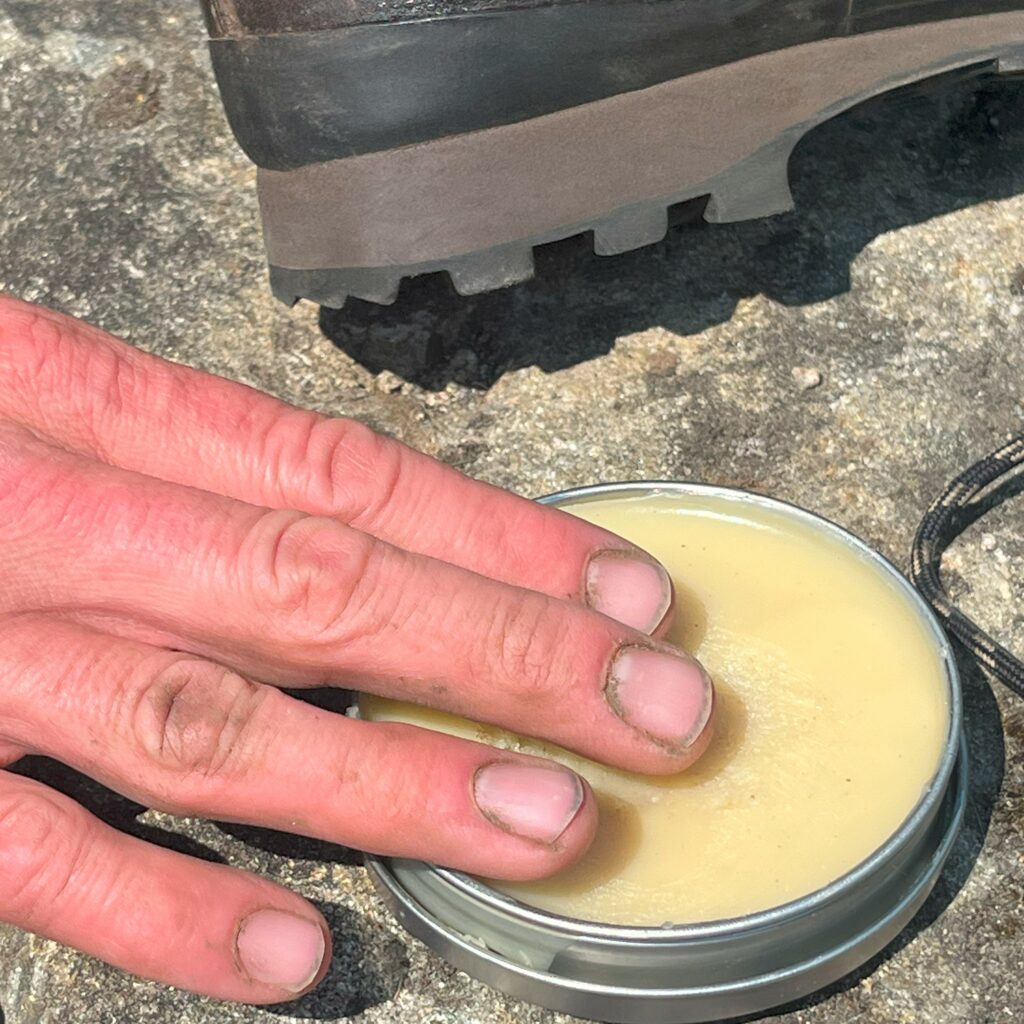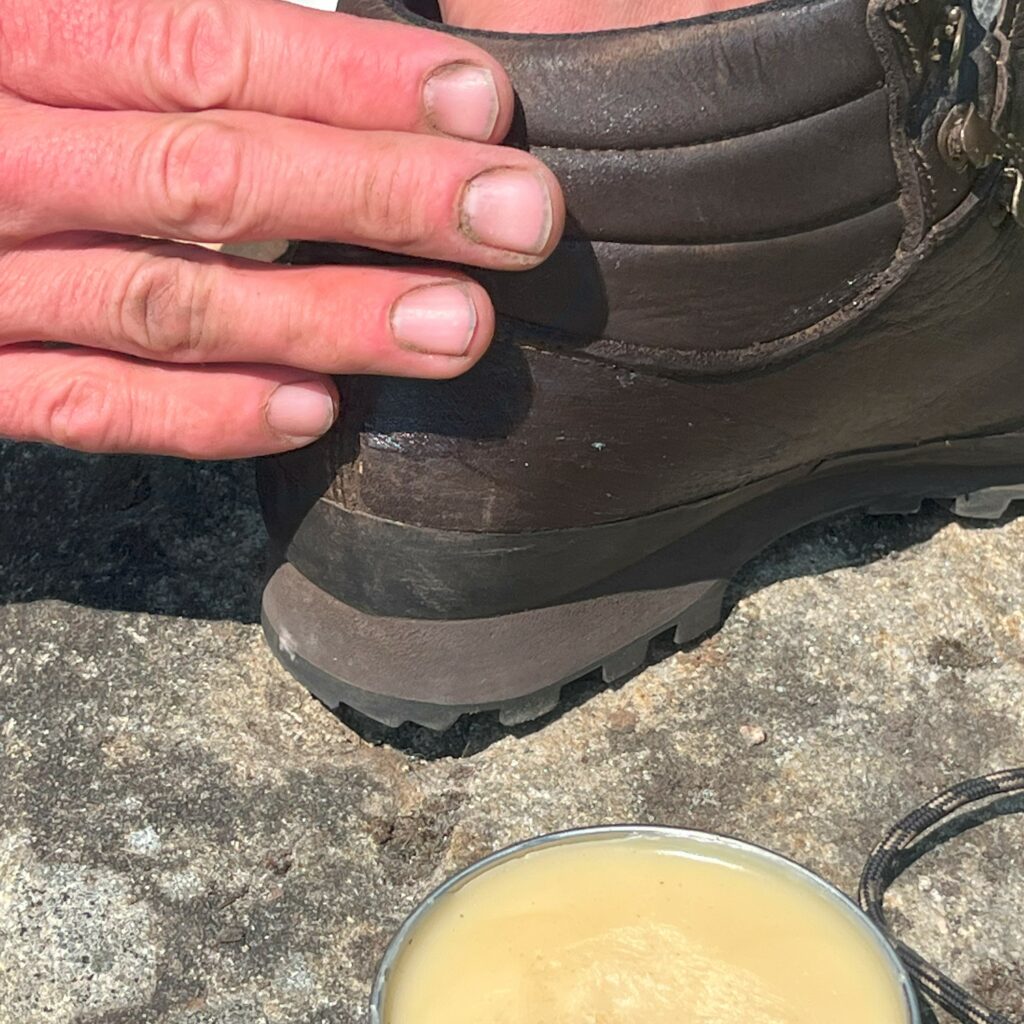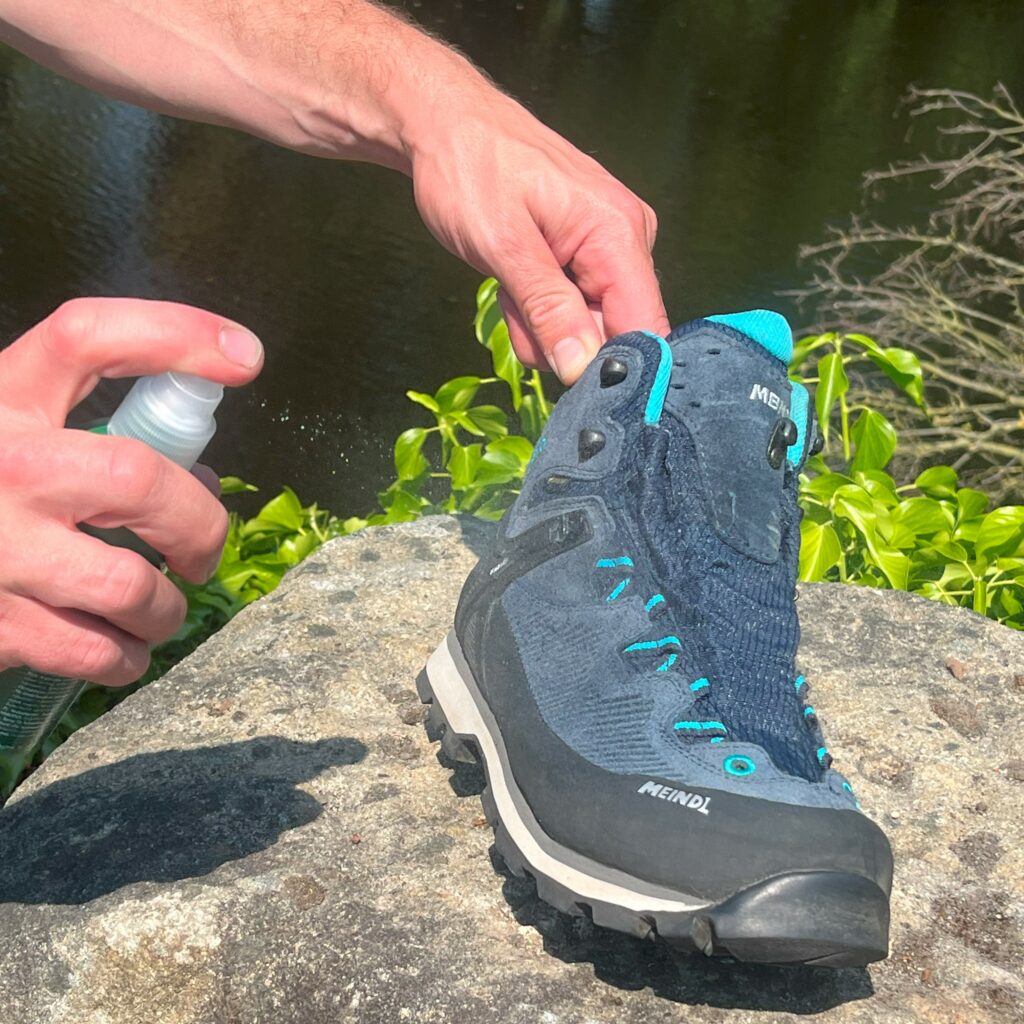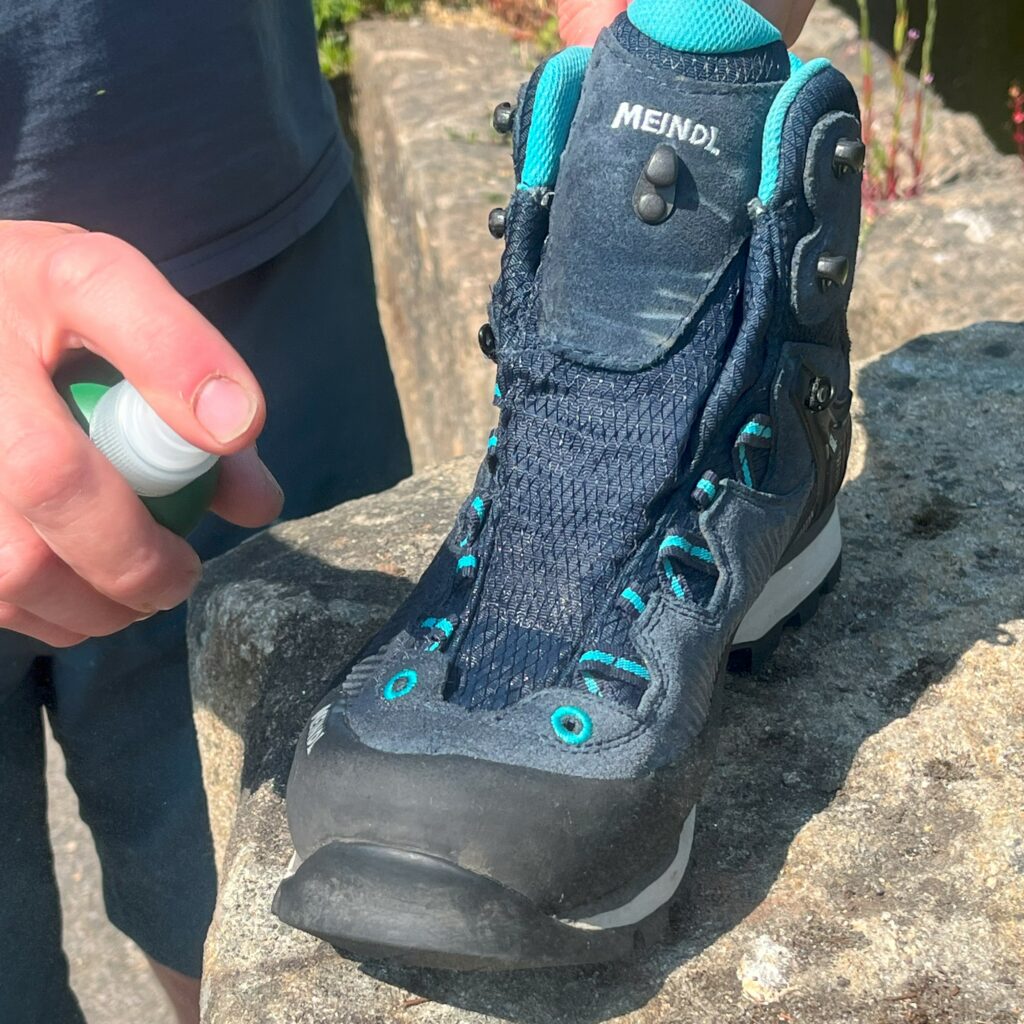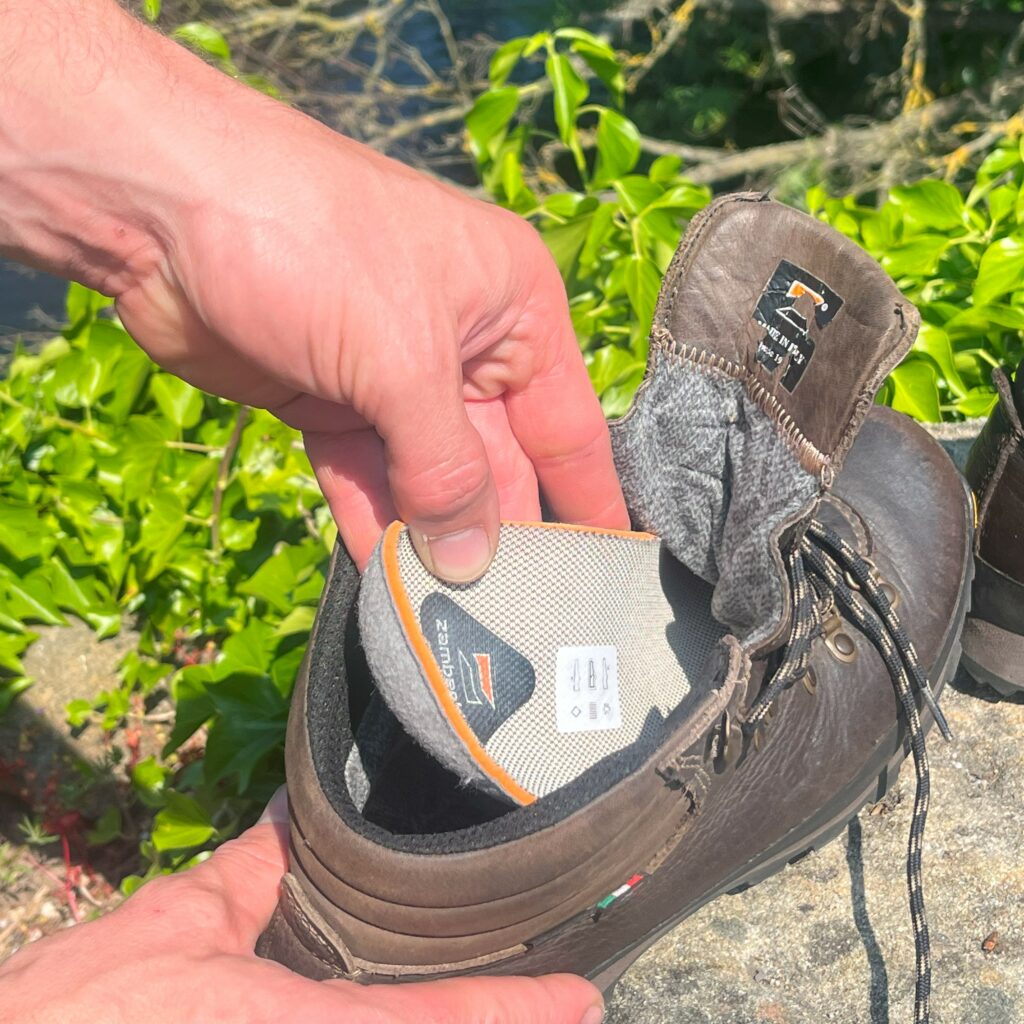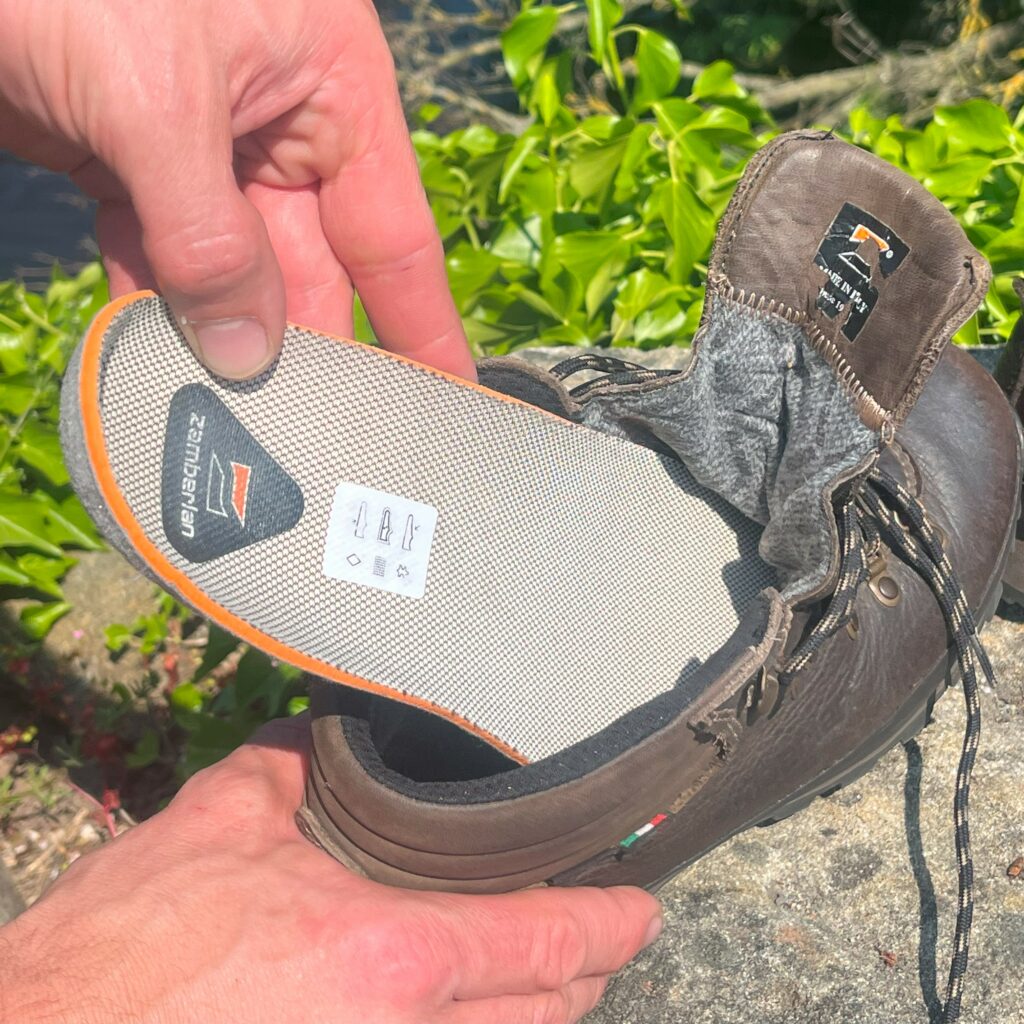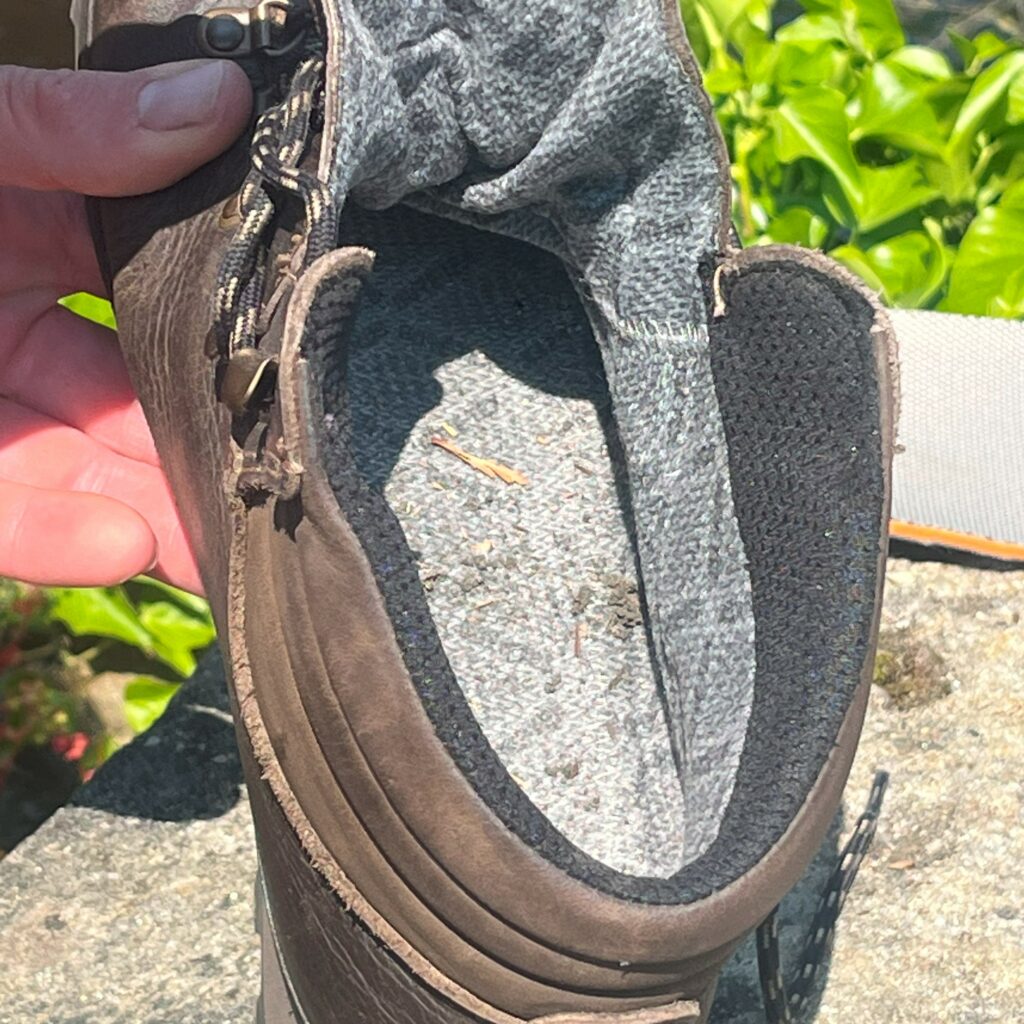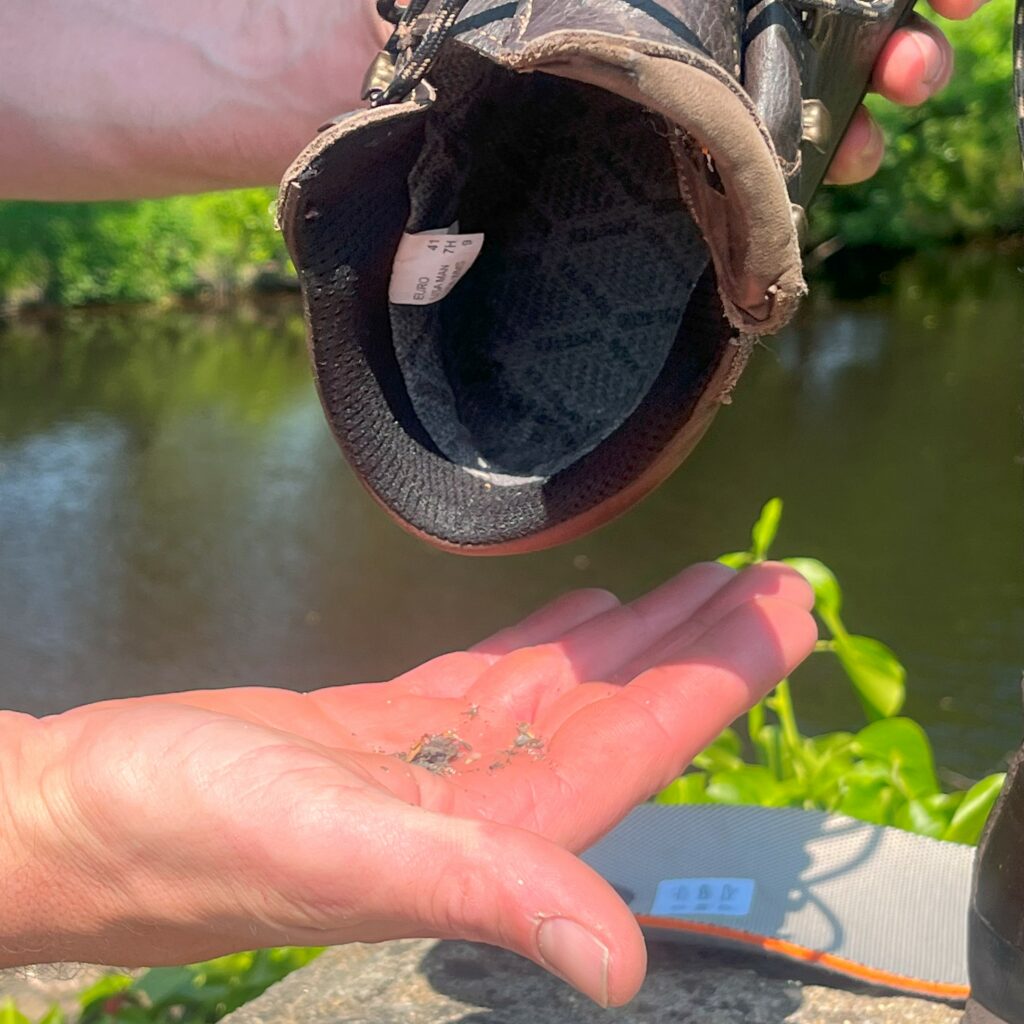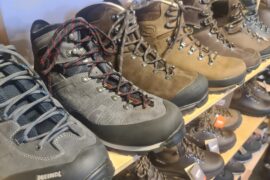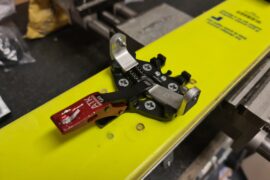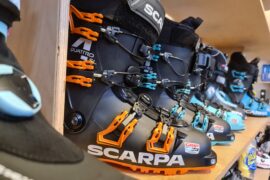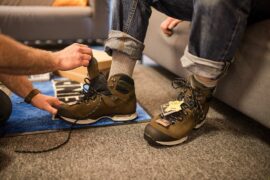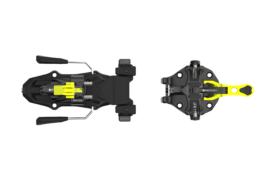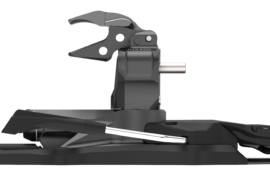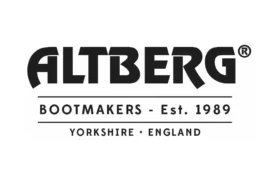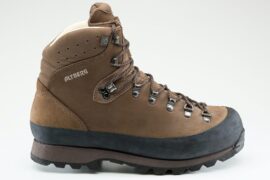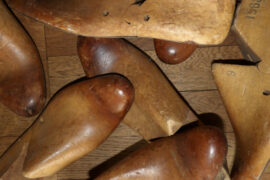Welcome back to the Backcountry UK blog. This is our guide to looking after your walking boots or shoes.
If you’ve just bought a pair of walking boots or if you’re simply looking for a bit of information on how to keep your existing boots or shoes in tip top condition here is our care guide.
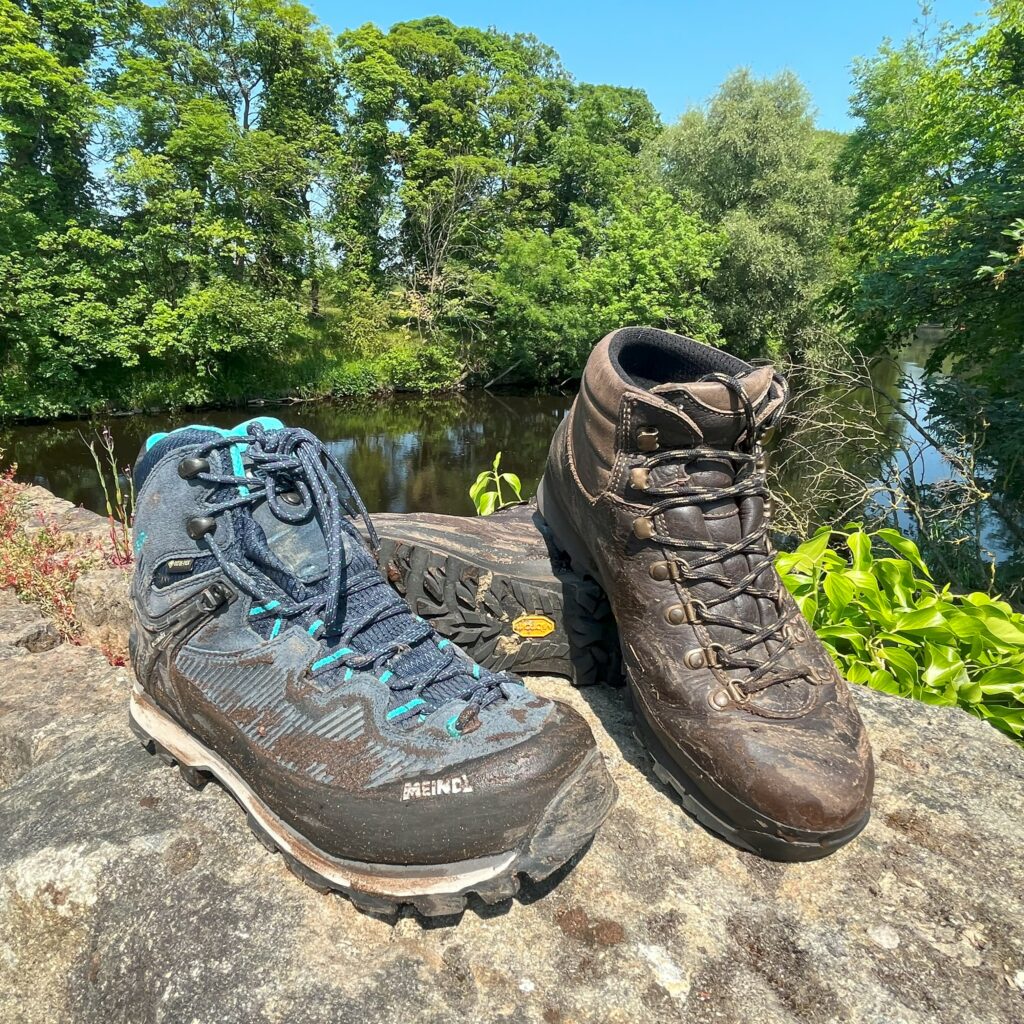
Whether you have a full leather mountaineering boot or a lightweight fabric walking shoe or anything in between the principles of looking after the footwear remain essentially the same.
There are several reasons to clean and treat your walking boots and shoes. Boots will last longer if you look after them as conditioning the leather parts keeps them supple and stops them cracking prematurely. It also keeps the outer fabrics of the upper as water repellent as possible, either to keep the water from coming through into the boot if there is no membrane or to allow the membrane to remain as breathable as possible to allow moisture vapour to escape. Plus a well cared for walking boot will look better and be easier to clean.
The vast majority of the footwear that we sell in the shop have waterproof membrane linings, usually Goretex or something similar. The purpose of the membrane is to keep water from passing through the outer fabrics and into the boot while allowing moisture vapour produced by the foot to pass through the outer fabrics and out of the boot. For the membrane to be effective the material that is on the outside of the upper (either leather or fabric) need to be water repellent. The water repellency of the leather or the fabric needs to be topped up from time to time with either a wax or a water based spray depending on the footwear. If the outer isn’t treated it will become waterlogged during normal use and the membrane will lose its breathability resulting in wet feet due to moisture vapour inside the boot being unable to pass through the membrane and outer fabrics.
There are a few shoes and boots that we sell that are non goretex which can never be called waterproof and rely entirely on the water repellence of the upper to keep the feet dry. Leather is very water resistant on it’s own and with regular waxing will be waterproof enough for most conditions where as the non membrane fabric panel boots and shoes will be shower proof at best with regular water repellency treatments. The upside of non goretex footwear is that generally speaking they will feel more comfortable in warmer conditions as the breathability will be better. Also, the boots or shoes will be able to adapt to fit a variety of different foot shapes better due to the fact that membranes are generally non stretch which doesn’t allow the upper to give in the same way.
We’ll start with leather boots and move onto fabric boots afterwards but the basic techniques are the same.
First off, any dried on mud and loose dirt needs to be removed. We would recommend scrubbing this off with a stiff brush.
Next, fill a small bowl or container with warm water and wet the outer with a clean cloth. Use either a footwear cleaning liquid/gel or throw some pure soap flakes or liquid (do not use a detergent) into the warm water and use a dish brush or similar to give the boots a good scrub. Remove the laces first so you can really get into the nooks and crannies !
Next, let the boots dry completely. It is important to let this happen naturally and not force dry the footwear. Leaving the boots in a warm shady spot in the open air is the best bet or indoors if nowhere outdoors is available. If you are drying your footwear indoors it’s important to not force dry them. Don’t put them near any heat sources.
If you are drying your footwear indoors it’s important to not force dry them. Don’t put them near any heat sources.
Once the boots are dry it’s time to apply some wax. Most brands will recommend their own wax or products but as long as you are consistent with which you use I wouldn’t worry too much. For example, Altberg recommend their own wax which they call Leder-gris which is a natural bees wax. While Scarpa recommend a silicon based cream called HS12. Both work well but if you start using one you should continue with it for the lifetime of the boot.
Applying the wax or cream should be done with a clean cloth or your fingers and worked into the leather. There are small brushes available to help with working the wax into awkward areas such as around the welt. The excess should be wiped off after a short time and if you want the boots to shine then a clean soft brush should be used to buff them up. That is the process complete.
The wax is primarily there to keep the leather water resistant and it will also help the leather remain soft and supple. It is worth applying some leather conditioner from time to time too which will further improve the suppleness and help slow down the creasing and cracking which occurs over time. It’s worth mentioning that it is possible to over condition leather so we would recommend only using the conditioner every few waxes or when the leather is becoming dry.
The process for the fabric panel boots or shoes is largely the same. Remove the laces, brush off loose dirt, wash the upper and let dry.
The product that we recommend for treating fabric panel boots is a conditioner proofer. It is a water based liquid that is applied in spray form or with an applicator. This tops up the water repellent coating and crucially conditions the leather components to keep them supple. Once the upper has mostly dried out after cleaning apply the liquid and work it into the fabrics paying particular attention to the tongue and toe box area. Remove the excess and allow to dry again. The boots are now ready to wear.
There is another important step to take to help keep the boots as waterproof as possible. In the majority of cases the reason a waterproof membrane fails is due to wear from within the boot. The way it happens is predominantly due to abrasive material getting into the boot and working its way under the footbed and grinding through the membrane. To prevent this the footbed should be removed regularly and any material such as grit, sand or thorns etc brushed and tipped out.
All that is left to do is to relace your boots, sit back, admire your achievement and then get out and use your boots until they need doing again.
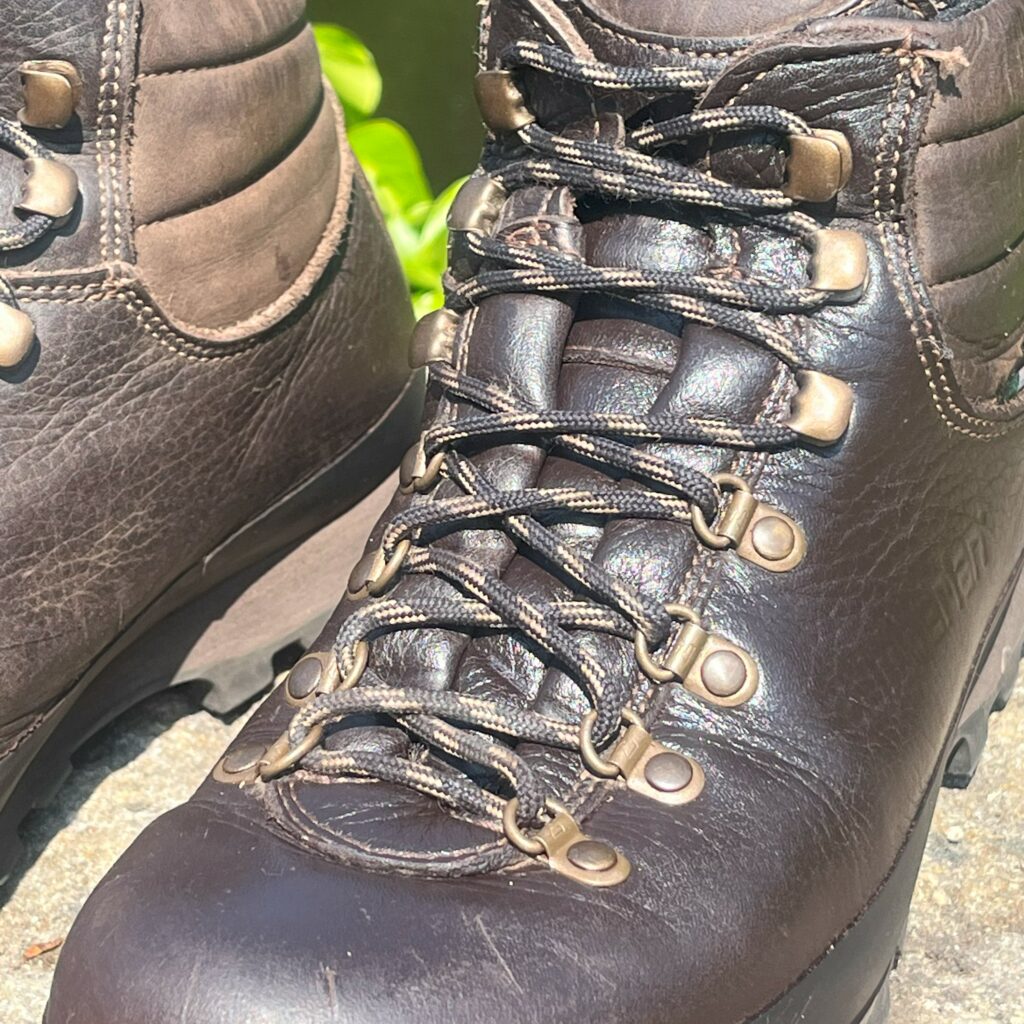
You can see how much drier the unwaxed boot is 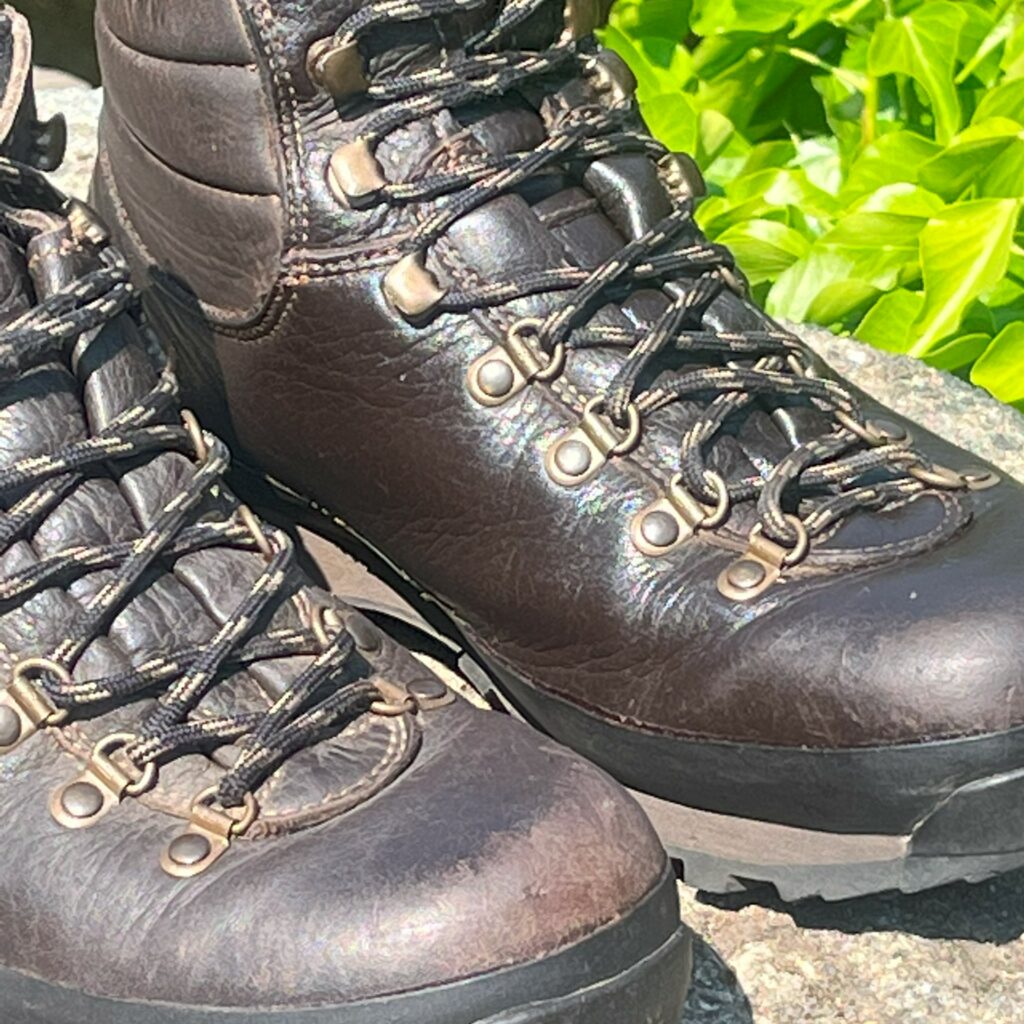
Before and after

